Along with the first warm days of spring, March and April also bring that feeling that you should probably do something with your yard. Or is that just me? I see all my neighbors’ tulips and daffodils starting to bloom and hang my head in shame knowing I don’t have a single live plant other than grass in my yard. This year, things will be different! I spoke to our managing editor and gardening enthusiast Casey Runyan and she had some tips to help get me started.
In This Post
- Buy Seeds and Plants Online for a Wider Variety
- Be Prepared to Pay for Shipping
- Plan, Plan, Plan
- Don’t Overestimate Your Abilities
- Best Plants for Beginners
- Where to Buy Gardening Tools and Accessories
- Frugal Living: Gardening with Megan Gilger
Buy Seeds and Plants Online for a Wider Variety
While you can absolutely head over to Home Depot on a weekend in the spring to get all your gardening needs, Casey recommends checking out some local nurseries online. By shopping for plants and seeds online, you can peruse a much wider variety and find the plants that will best suit your yard’s sun exposure and the time you have to commit to plant care.
You are also able to do much more research online when it comes to your plant’s needs, your garden’s light and soil, and how much time and attention each plant will need.
Some great online stores for gardening on a budget include:
What about Amazon? This is one instance where we’ll tell you to steer clear of Amazon. You can’t always be sure of the quality or the age of the seeds you buy. Unless you’re buying from a trusted nursery store, like Burpee on Amazon, it’s best to go straight to the retailer’s website.
Should You Grow from Seed or Buy a Plant?
Casey points out that it is more budget-friendly but time-consuming to start plants from seed. You’ll need to start them indoors if you live in a cold climate and should begin as early as late February or March.
Buying plants is much more expensive but allows more wiggle room in your schedule if you aren’t able to devote time to your garden in later winter.
Casey’s tip: Whether you’re buying seeds or plants, check online for more interesting varieties as well as more detailed plant care. Settling for whatever Home Depot has in stock can result in buying plants that don’t thrive in your yard or require more attention than you’re able to give.
Be Prepared to Pay for Shipping
The downside to ordering plants and seeds online is that there will likely be shipping charges. Though you can avoid these shipping fees by going to your local Home Depot, it still can be more economical to pay for shipping to get the high-quality plants that will thrive in your garden’s climate.
Check the online store’s shipping policies before starting your order. Some charge a flat fee for seed purchases, while others charge based on your order total.
Casey’s tip: Make sure you can buy all of the plants you want and need at the same nursery so that you’re only paying once for shipping, rather than paying to ship from multiple nurseries, which can add up quickly!
Plan, Plan, Plan
If you haven’t caught on yet, a huge theme for beginner gardening is to plan. Plan where to buy your seeds and plants, plan how to best take advantage of shipping costs, and you should also plan the layout of your garden before you make any purchases.
Start noting where the sun hits your yard throughout the day. Pay attention to where you could keep containers and planters for full sun or shade.
Casey’s tip: Create a spreadsheet noting different parts of your yard and your planting containers and what kind of sun exposure they get. Pick plants that will thrive and then begin tracking their prices at different retailers.
Don’t Overestimate Your Abilities
The biggest mistake I’ve made when trying to start gardening (and Casey says I’m not alone) is that I overestimate my abilities. I always think I have the time to care for several new plants and re-pot seedlings and start growing basil from seed. When in reality, I have the time and skill to take care of some hanging ferns for the summer.
Know your skill level and start there. During your planning stage, take your abilities and time availability into account. Start with one part of your yard and pick plants that match your gardening skills and slowly work your way up.
Casey’s tip: Keep it simple and start small. Don’t go all out on your first try. Buy a few perennials and some easy herbs and practice until you can confidently grow your garden into something bigger and better.
Best Plants for Beginners
If you’re relatively new to gardening, it can be overwhelming. You don’t want to spend money on a bunch of plants that will be dead within weeks. Regardless of your gardening abilities, Casey recommends some specific plants for beginners as they are easy to maintain and a great bang for your buck.
Perennials
Casey loves these because they’re a “one and done” plant for gardens. Once you plant them, they come back for multiple seasons. They’re hardy and once established they require very little maintenance.
Easy perennials for beginners: Salvia, daffodils, tulips, hostas
Herbs
Not only are some herbs easy to grow with very little maintenance, but they are also edible making them a great bang for your buck.
Easy herbs for beginners: Basil, chives, parsley, sage
Fruits & Vegetables
Growing vegetables is rewarding because not only does it make your garden look robust, you also get to enjoy the fruits of your labor (sorry, had to) all summer long!
Easy fruits vegetables for beginners: Garlic, zucchini, peppers, blackberries and raspberries
Casey’s tip: Start with easy to care for plants if you’re a beginner. Steer clear of “wildflower” seed packets. It may be tempting to think you can get a variety of flowers from one easy packet, but they’re rarely worth the money. Though the packet boasts a wide variety, only a select few may germinate and bloom. It’s best to focus on specific flowers and plants to care for.
Where to Buy Gardening Tools and Accessories
Another thing to consider when you start planning your garden is what kinds of tools and accessories you will need. The key here is quality over quantity. You likely won’t need every tool for your yard, so be thoughtful and buy the few things you need with quality top of mind. While Amazon is great for affordable and quick-to-ship gardening items, they may not last you more than one season, which in the end is not economical.
Some quality brands to look for include Fiskars, Felco, and Gardena. You can find these brands at gardening stores like Home Depot and Lowe’s. And yes, you can find them on Amazon, but just be sure you’re buying from a trusted seller and not purchasing knock-offs.
Casey’s tip: Check estate sales for gardening tools. Many estate sales will have high-quality tools that have been used for gardening for years and are still in great condition.
Frugal Living: Gardening with Megan Gilger
For even more tips, check out this episode of Frugal Living with Megan Gilger. Host Jim Markus speaks with Megan about the frugal world of gardening. Frugal Living is a podcast for smart consumers.
You can listen to this episode of Frugal Living Apple Podcasts, Spotify, or anywhere you go to find podcasts.
Do you garden? What are your best tips for getting started on a budget? Let us know in the comments!
The post How to Start Gardening on a Budget: Advice From a Shopping Expert appeared first on The Brad's Deals Blog.
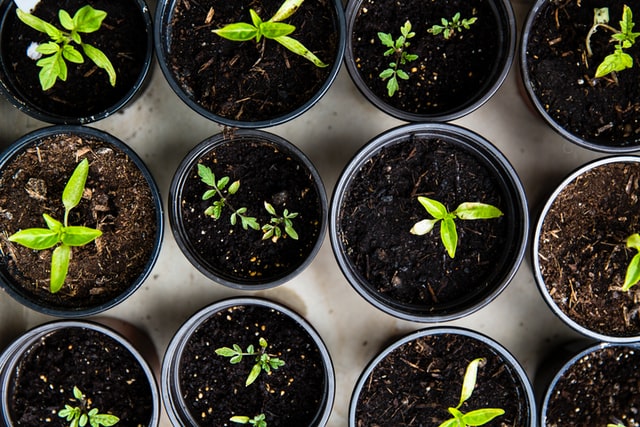
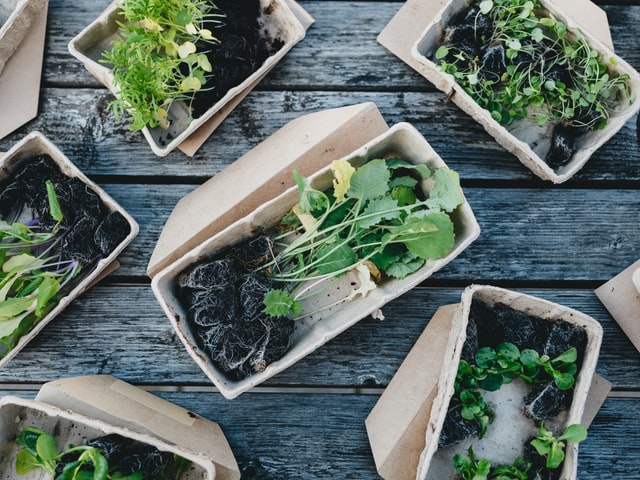
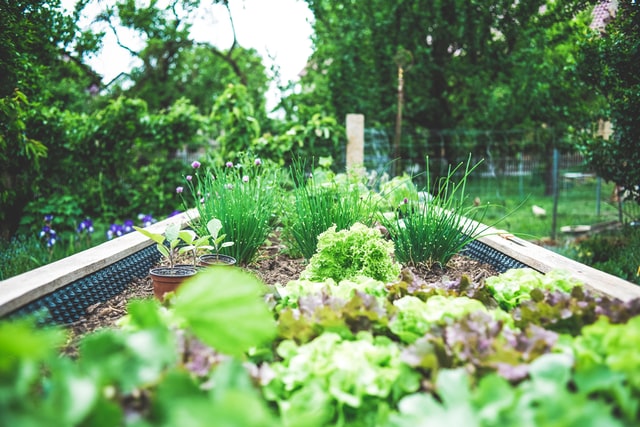

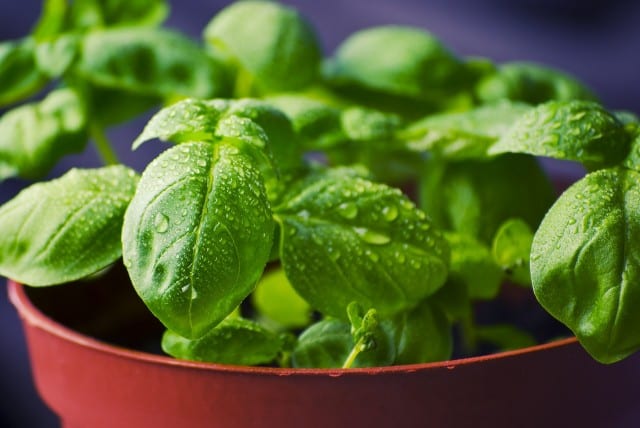
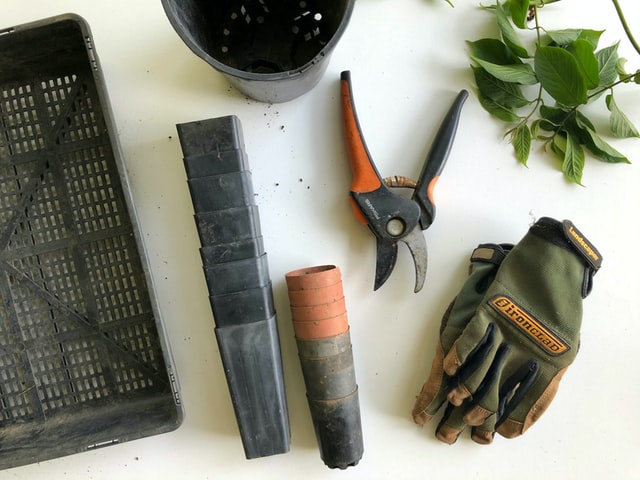
No comments:
Post a Comment